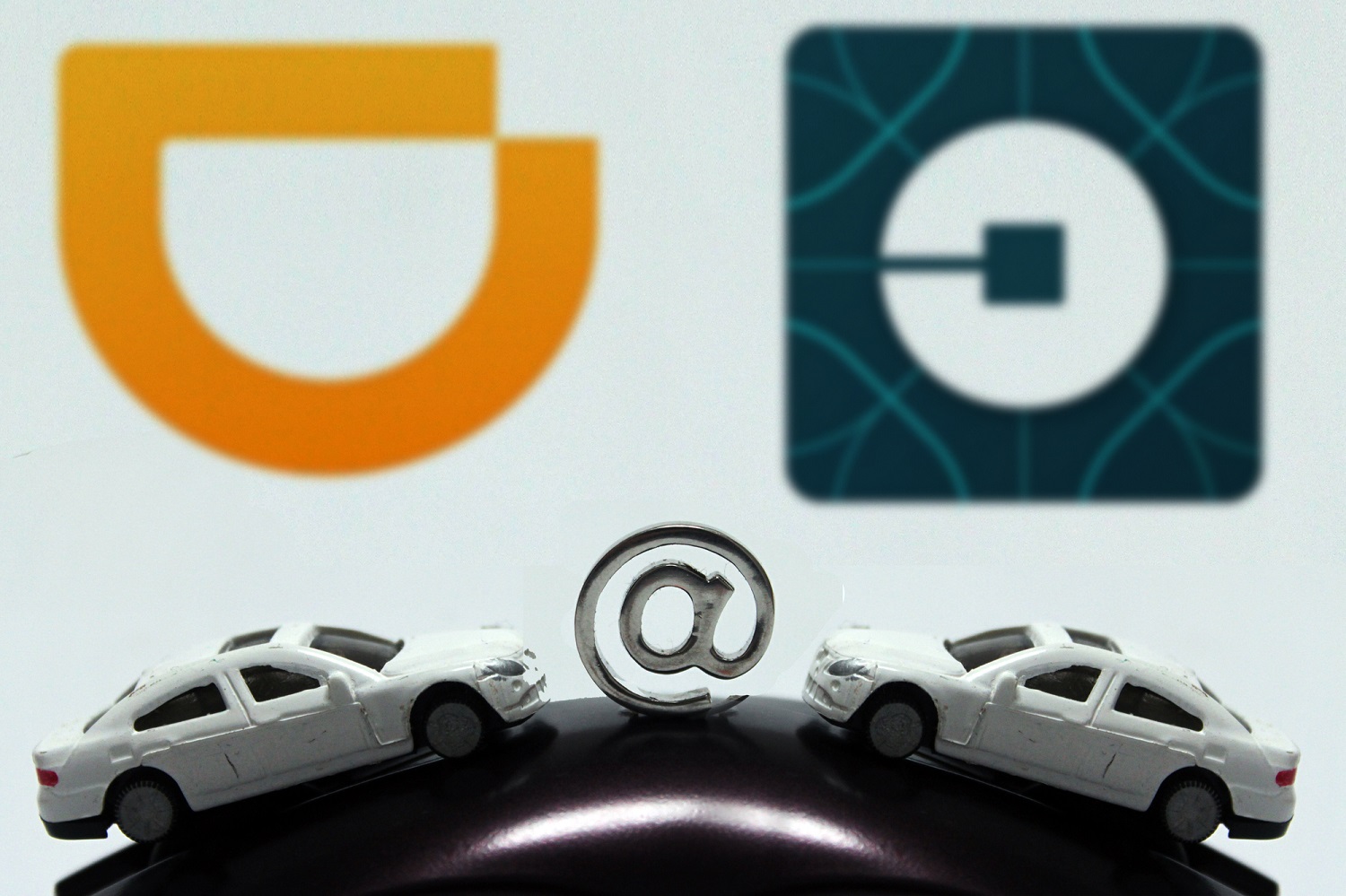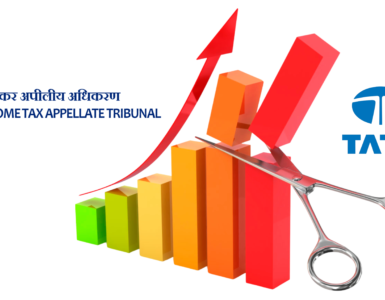TRANSACTION:
Uber China merger with Didi. Didi is buying Uber’s brand, business and data in the country. Uber Technologies and Uber China’s other shareholders, including search giant Baidu Inc., will receive a 20 percent economic stake in the combined company at a valuation of $35 billion. And also DIDI will invest $1 billion in Uber.
FACTORS FOR CONSIDERATION FOR THIS TRANSACTION:
- UBER is planning for IPO,
- Investors’ concern over China market where Uber is losing money to big competitor “DIDI” and also competition with homegrown juggernaut (DIDI, Kuaidi),
- Focus and Funding for other Developing Market (mainly India),
- Global Anti-Uber Alliance (comprised of DIDI, OLA, GRAB and LYFT),
- China Government Policy (China is such a tough market, in terms of regulation, competition and culture; they faced challenges on so many fronts.) vis a vis Indian Government Policy,
- DIDI financing to OLA a big Indian market player,
- Competition in another huge market.
UBER:
Uber Technologies Inc. is an American multinational online transportation network company headquartered in San Francisco, California. Uber was founded as “UberCab” by Travis Kalanick and Garrett Camp in 2009 and the app was released the following June. In 2014, it experimented with carpooling features and made other updates. UBER is the leader. It has entered in various countries. As of May 2016, the service was available in over 66 countries and 449 cities worldwide. The biggest existential threat to Uber was that in China they were losing capital in a way that potentially threatened the rest of their worldwide operations. It is profitable in US and Canada, but is in losses in developing markets. Uber was last valued at almost $68 billion.
CHINA A NIGHTMARE – UBER:
CHINA BATTLE:
It launched its China operations in August 2013, and spent around $2 billion estimated value to gain a market share of around 17-20 percent. The intention of Uber was to conquer China.
But the question was that- In China, Uber ventured where few U.S. technology companies have succeeded?
- Whether the Uber had an ever chance to become number one in China? Considering that it started too late, big market players already in China with capacity larger than all its worldwide operation and also the Chinese government never lets foreign companies win any market it considers vital to its economy.
- What would next best option for Uber in China be after they have entered and spent $2billion Dollars?
- If Didi continues to win by a significant margin in China, India may become for Uber what it is for Amazon.com Inc.: a market it cannot afford to lose.
UBER REVERT WITH SWING:
- Uber CEO Travis Kalanick is aggressive enough to go fists swinging into a market he knows he cannot win, and still walk out stronger;
- With 20% Stake in combined Company Uber made over 3X of what it spent in just over two years. That too as stake in a company that is indisputably in control of the entire Chinese ride-hailing market and will easily continue to grow in size and valuation.
- It will set the mobile transportation industry on a healthier, more sustainable path of growth at a higher level;
- Operational data Didi had on Ola thanks to their (now dead) anti Uber alliance. Would Uber somehow get access to that?
- Didi Chuxing and Uber may have signed a no-compete agreement for international markets. So it is likely that a clause for Didi to not compete with Uber in markets outside China or not finance any competition further is a part of the deal.
- Gains of Bigger market. Uber said it was doing 150 million trips a month in China (that’s 5 million a day) and over 2 billion trips across all its countries annually. Didi, its new partner, claims to do 11 million rides daily in China alone.
- More Control over Indian Market considering above factors.
DIDI:
- The purchase of Uber’s China business may complicate Didi’s alliance with other ride-hailing startups around the world. Didi had agreed to work with Lyft, Ola and Grab to create a global force to take on Uber;
- Another said that under the terms of the pact, Didi cannot directly operate in markets Uber is present in, which means that in India it can invest a little more in Ola (its stake is in the single digit percentage) but cannot be the single largest owner;
- Cementing the alliance between the global big boys of ride hailing, it will set the mobile transportation industry on a healthier, more sustainable path of growth at a higher level.
OLA Loser?
Brief about OLA and UBER presence in India:
The number one ridesharing provider in India is Ola. Since starting operations in India from tech driven Bangalore in September 2013, Uber always had a bias towards larger cities and richer, more tech savvy customers. Compared to Uber’s four ride segments UberPOOL for ridesharing and UberGo, UberX and UberXL for private taxis, Ola has nine: Share (ridesharing), Micro, Mini, Prime, Lux, Auto (three wheeler auto rickshaws), Rentals, Outstation, and Taxi For Sure (a brand it acquired). Ola also claims to be present in over 100 cities compared to Uber’s 26. Ola’s last funding round was in September, when it raised $500 million at a valuation of $5 billion.
Particulars UBER OLA Launch Year 2013 2011 City Presence 26 100 Ride Segments Four UberPOOL for ridesharing and UberGo, UberX and UberXL for private taxis
Nine Share (ridesharing), Micro, Mini, Prime, Lux, Auto (three wheeler auto rickshaws), Rentals, Outstation, and Taxi For Sure
Source of Funding for Future Expansion - Investors
- Planning for IPO
- Profitable in US and Canada Market
- Future Income generation from Investment in China’s DIDI
Investors Only and it includes DIDI (as of now below 10%) also. So now Uber is also indirectly shareholders for OLA. Market Share Not available (Uber’s market share soared to roughly 40% at the beginning of this year from just 5% a year ago, according to Uber executives) Leader of India Market (More than 50% Share) Estimate Valuation $65 Billion (Total Valuation, India Not available Separately) $5 Billion Estimate Ride per day In August last year it was doing around 200,000 rides a day, and was expected to hit 1 million rides a day by this May. Strategy/Market Focus Major Cities. Uber is not excited about a 100 plus cities; it prefers to go deeper in the cities in which it is present In contrast, the main strategy behind Ola’s expansion has been an aggressive move into smaller cities, newer users and a broadening range of vehicle options. Platform APP APP No. of Vehicle on Platform 2,50,000 4,00,000 No. of Employee 300 8,000 Benefits - Uber Dost and loan Melas (Fairs) to rope in new drivers
- High performers join uber club benefits on health free insurance, education subsidy for kids and so on
- Ola Pragati: where driver can avail of a loan from State Bank of India, buy a car, drive for OLA.
- It also gets drivers via referrals
- High performing drivers called OLA STARS get additional benefits like cash back, fuel subsidy and scholarships for their kids.
Please Note: But the valuation of OLA is extremely fragile, dependent on it staying number one in terms of market share. The moment investors sense that Uber has equaled Ola’s market share (or even reached striking distance), Ola’s asking valuation will fall. And with it, its ability to raise fresh funding of any significant amount to continue fighting Uber.
OLA’s Problems:
- Didi merging with Uber also means the collapse of the other great hope – the global anti Uber alliance comprising Didi, Ola, Grab and Lyft;
- There’s a sense of betrayal at Didi for throwing in its lot with Uber;
- Then there’s Ola’s existing investors’ concern
It’s important to note that the two biggest investors in Ola – Softbank and Tiger Global – are both currently going through a slower phase of investing in India and are unlikely to lead any fresh funding rounds.
Meanwhile with uber exit from China and a cash pile that was over $11 billion in June, Uber can easily afford to increase its spending in India till as long as it wants to.This combination of cash on books, cash flow and single minded focus to win at all costs is reminiscent of another US company currently giving sleepless nights to its local, market leading competitor: Amazon (and Flipkart). - For over a year the only way to pay for Uber rides was by linking your credit card to your account, thus allowing Uber to direct its Subsidies and marketing efforts towards a valuable sliver of Indians (just 21 million Indians own a credit card, in a country of over 1.3 billion people). This paid them off well as there’s now a clear preference and loyalty for Uber among well-off customers in India’s biggest metro cities like Bangalore, Delhi and Mumbai.
This means Ola’s market leadership is not only ephemeral, but dependent on it constantly expanding into newer markets and categories. At some point, either the options or the money will run out. Ah yes, the money. Make no mistake. Ola’s survival rests on its ability to raise money – lots of money – going forward. We can’t go to any other country where the alliance exists and there is no market Ola sees in Europe. But one good market is still big enough
Indian Market:
In sector after sector, India has confounded many traditional market sizing experts who underestimated its large middle class’ propensity to “leapfrog” traditional product adoption curves. That’s happened in Telecom, Internet, Smartphones, E-commerce. Given affordable pricing and the network effects provided by connectivity, India has the propensity to become a game changer for many sectors. Ride sharing is a case in point. Car ownership in India is less than 20 for every thousand people, compared to 128 for China and nearly 800 for America. There’s no reason Indians will first buy cars before realizing the convenience of using without owning – they will directly leapfrog to it. Thus, any player that wins in the nascent Indian market of today gets to control a lucrative and massive market of tomorrow.Taxi business in India, it is worth $13-15billion and comprises 1.6 million registered taxis; 90% business in unorganised, run by local operators, without use of technology. About $7 billion worth of business expected to move to apps by 2020. In the last two years almost Rs. 4 crore, of car rentals business has gone digital bookings via apps, digital interfaces. Cab rides rates are cheaper by 15-20% from those of traditional providers. New products from cab apps includes auto rickshaws, bikes, bus, shuttles, e-rickshaws.
Legal Battle:
Meru once the leader player in cab business in India lost the position to OLA in 2015. It approached anti-trust regulator competition commission of India against the deep discounting by OLA and Uber, which was dismissed. And also Ola and Uber are fitting.
Conclusion
The fact is that in the short term it may be seen as a loss for UBER, but in the long run it’s a good move. Now they can focus on the other developing market. With China settled with swing, Uber can turn to other countries where it’s fighting for market share, such as Grab in Southeast Asia, Ola in India and Lyft Inc. in the U.S. While Uber will walk away from operations in China, it is taking a significant stake in the largest player there. By shedding its massive losses in China, the move could help Uber clear the path for an eventual initial public offering. Now in India Uber and OLA will continue to square offs by matching similar products and deep discounts. Similar case with other segments of e-commerce, it will depend on who has the deeper pockets.




